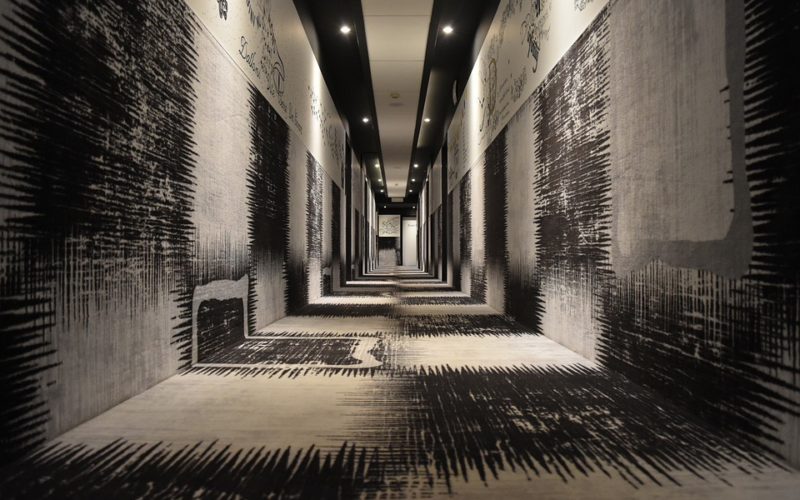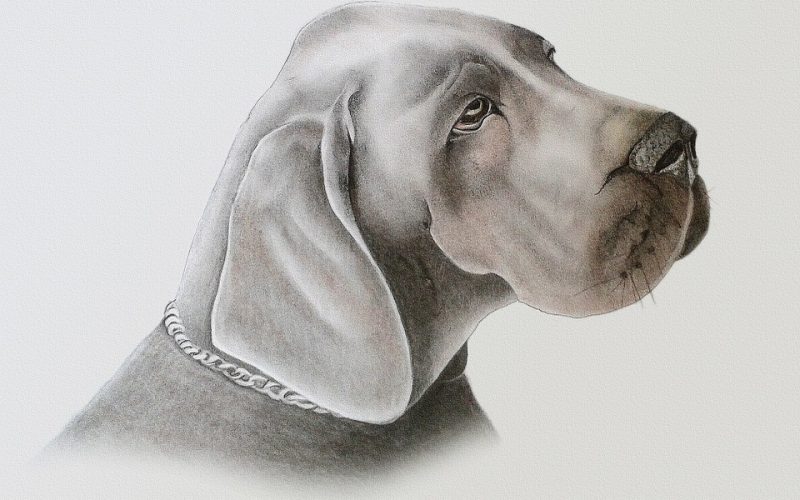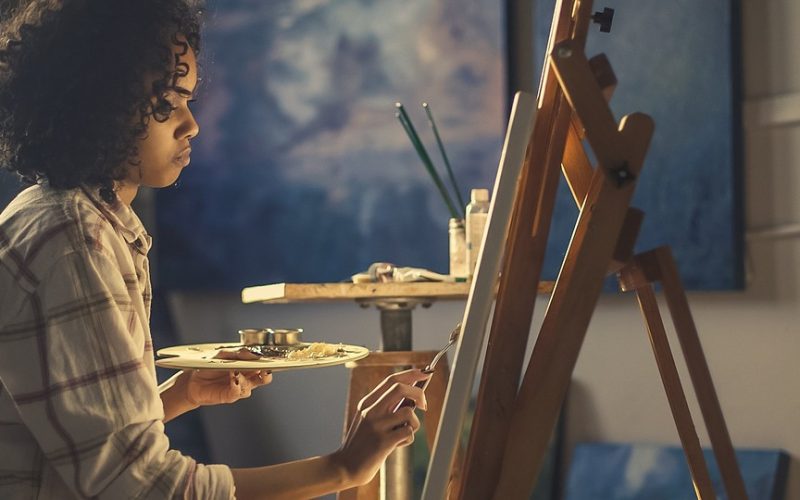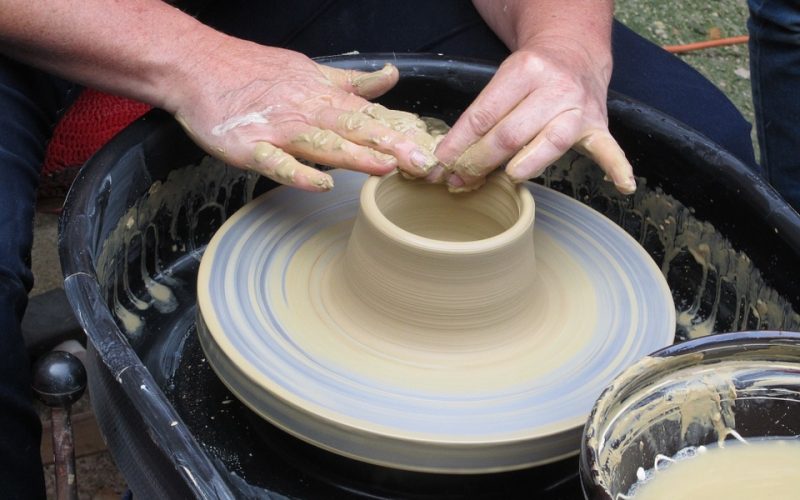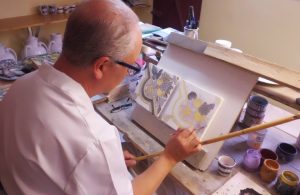When children are young, they have very little perspective in any area of their lives. Everything around them is somehow related to them, and they see the world as a limited place. Their parents might take them outside on a daily basis, and it can expand their world in many ways. Part of the growing process is learning how to fit things into perspective, and art lessons on the subject can help a child or young student understand the basics of how the world really works. They can begin to deal with reality, and they also have an opportunity to learn how to measure it.
Perspective is important in art pieces because it gives the viewer a realistic picture of the size of objects within a piece, and it helps the viewer understand how near or far they are. Children, who see the world as only related to them, do not automatically understand this concept. When they draw a picture, they make the most important people or objects in it large. That makes it a picture of a single dimension because there is no definition by looking at the size, and this is expected of the youngest children. As they grow, learning perspective allows them the chance to understand that size will help define their world as well as their art.
Using the simple concept of a perspective point, many art teachers give students simple shapes to draw. The student will draw a square, and they then add faint lines from the corners to the point. It gives them the ability to create walls for the box, and it shows them how perspective works.
While only some students will be interested enough to continue drawing, a lesson on perspective in art can be applied to many areas of their life. They can see that distance is a measurement that can be seen when an object shrinks, and it will help them learn how to understand how far or near things are to them.
